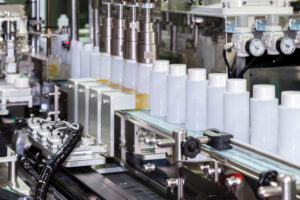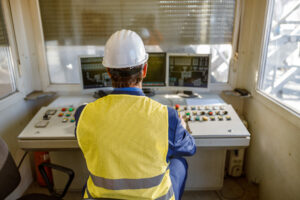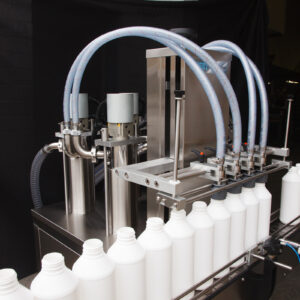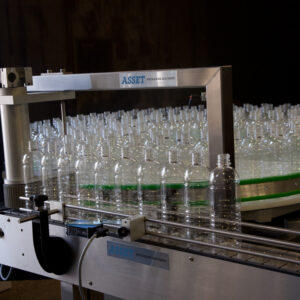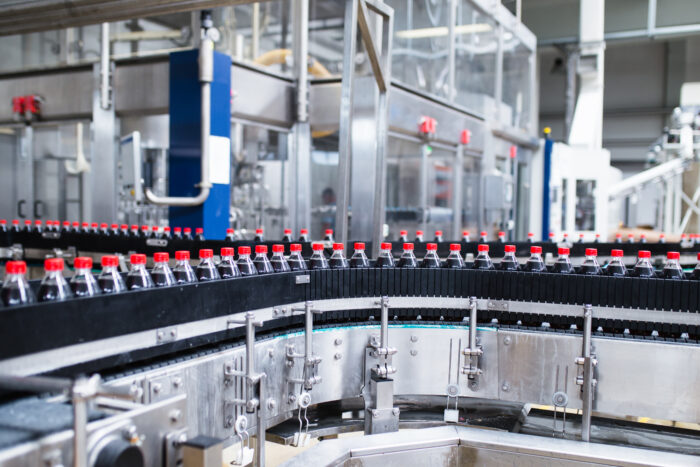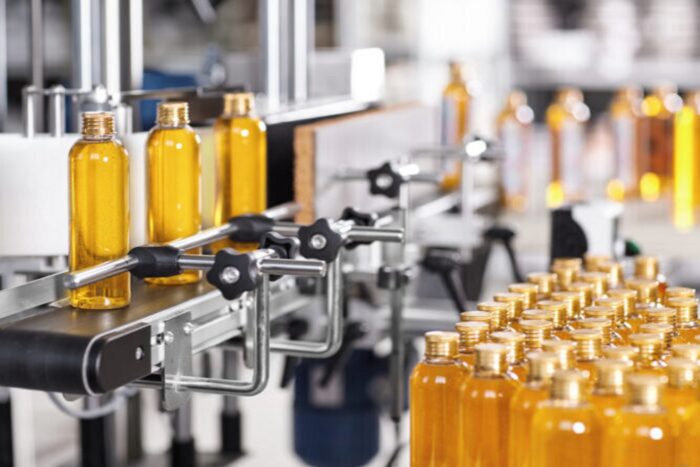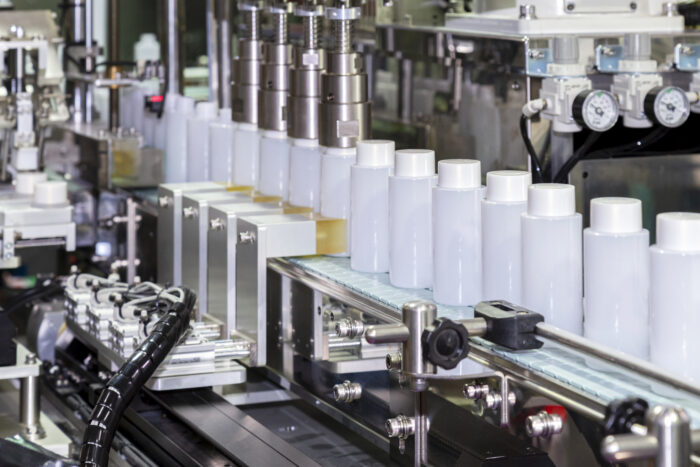Most manufacturing businesses are aware that automating the packaging process can be beneficial, but some may be reluctant due to the upfront investment. This is understandable when companies have to work out the costs, benefits, and risks for every single large investment they make. To help you with your decision, this article discusses the main benefits of packaging machines.
1. Meet rising demand more easily
At face value, rising demand is a sign that your business is doing something right. More orders mean that you have satisfied customers and can look forward to making more profit. However, as any production manager will attest to, rising demand can bring its own problems if your company does not have the capacity to cope.
Extra labour costs, bottlenecks, and staff shortages can lead to less profit, missed deadlines, and quality problems if you sacrifice accuracy for speed. If your business cannot keep up with the pace, retailers may look elsewhere if you cannot keep up. In addition, a company may invest resources training temporary staff only to lose them to a delighted competitor.

Automation can help you scale up production quickly, especially if you anticipate growth and buy packaging machines that you can upgrade easily. For example, at Asset Packaging, you can buy or hire additional filling machines to increase output without compromising on quality.
2. Reduce labour costs
For most businesses, labour is expensive, especially when you factor in payroll tax, holiday pay, sick pay, training, and superannuation. Hiring more staff for future growth can reduce profits. What happens if a business needs to offer enhanced rates for unsociable shifts, or pay workers to stand around between different product runs?
Packaging machines can pay for themselves because machines need only a few operators. A business does not have to worry about shifts and can reassign staff to more productive jobs that also add value, such as customer service, management, and maintenance. Overall, packaging automation cuts costs but actually increases production and quality.
3. Reduce waste and product rejection
Humans make errors, which inevitably leads to additional waste from overfilled containers, damaged products, and using more material than needed for packaging products. This adds up over time and can affect profits significantly.
Automatic liquid filling machines fill with high levels of accuracy, lowering wasteful overfilling and under-filling, which can lead to product rejection or even legal action from regulators. Wrapping machines use fewer consumables, while automated cap tightening machines produce fewer ill-fitting caps that can lead to leakage or spoilage. Just as importantly, automation also makes quality assurance much easier.
4. Better quality assurance
Humans are naturally inconsistent. We overfill containers, damage packaging, apply labels wrongly, or don’t tighten caps enough. Because this wastes products and can upset customer, businesses end up hiring extra staff for quality assurance and trying to trace recurring errors to see if training is an issue.
Because automation delivers consistent results, and machine performances do not drop due to tiredness or boredom, quality assurance becomes much more easily.
5. Higher production speeds/improved efficiency
Of course, one of the main reasons for investing in packaging machines is that they can increase production speeds while lowering costs and improving efficiency. Importantly, it is much easier to scale production up and down as demand fluctuates.

Of course, a packaging machine on its own cannot always improve speed or efficiency, and a business may need to assess its entire production process. However, adding the right machine for the right process can soon pay for itself.
6. Health and safety/reduce injuries
Repetitive jobs can be mentally tiring and lead to repetitive strain injuries and accidents simply because people lose their focus. Apart from the moral issues, this can result in time off work, paying sick wages, and compensation if a tribunal finds a company negligent.
Automation removes workers from repetitive tasks and reduces the amount of heavy lifting, increasing productivity while reducing injury and accidents.
7. Remain Competitive
One of the realities of packaging is that more and more companies are investing in automation, especially in the Asia-Pacific region where countries like China, South Korea, and Japan are forging ahead.
The question is shifting and isn’t about whether a company should invest in packaging technology, but “how”. Now, companies must ask how they can invest, because failing to do so could leave them uncompetitive in years to come.
Without automation, a business may be locked into lower productivity compared to competitors, and it is more difficult to react to changing markets. Automated packaging systems don’t just give businesses an edge, but can help them survive.
8. Freeing workers from repetitive jobs
Very few people actually enjoy highly repetitive jobs and prefer something much more fulfilling. For businesses, paying wages and costs for these tasks can suck out profits when the same wages could support someone in a more productive role.
Automation can free workers from monotony and give them much more fulfilling jobs in customer service, supervisors, machine operation, or IT. This will lead to lower staff turnover and more employees working in jobs they enjoy and with room for personal development.
9. Improved social distancing
As a result of COVID-19, businesses across the world have had to adapt to new working practices, notably supporting social distancing. Inevitably, spacing out employees has slowed production significantly across a range of industries. Because automatic packaging machines require fewer employees on the shop floor, maintaining social distancing becomes much easier while actually speeding up production. With the uncertainty surrounding COVID-19, especially in Australia, now may be the right time to look at new approaches and upgrades.

10. Better use of floor space
Floor space costs money, and increases in production mean leasing more floor space or extending facilities, while incurring higher business rates. If you want to upgrade production, but space is limited, automated packaging systems can reduce the footprint of your production line.
Of course, automation requires planning, but drawing upon the expertise of skilled planners like Asset Packaging Machinery can help. With extensive experience in a range of business sectors, we help you design the right system from the start. We take into account your existing space and make use of a range of machines, including conveyors and accumulating tables.
Conclusion
These advantages have given you an insight into how packaging machines can support your business now and in the future. As part of your cost/benefit analyses, you can decide how your business can maximise the benefits of automated systems.
Contact Asset Packaging Machines if you’d like to discuss how we can help your business increase output and product consistency. We can help you find cost-effective solutions. You can also call us on (02) 9958 2883.



